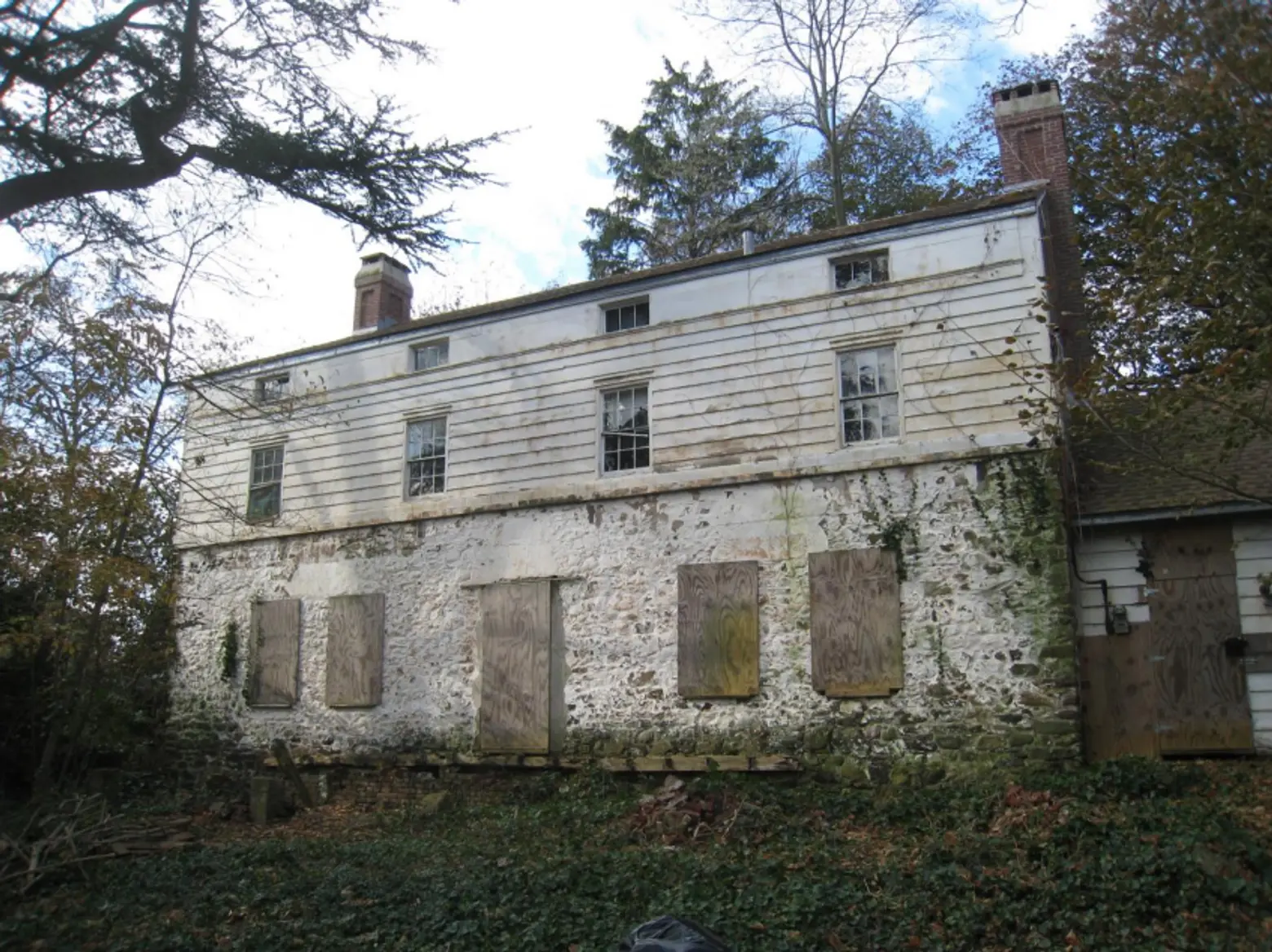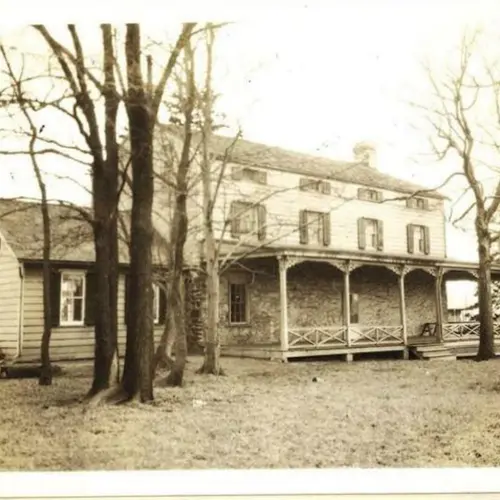Frederick Law Olmsted’s farmhouse on Staten Island recognized as national landmark

Photos courtesy of New York State Office of Parks, Recreation & Historic Preservation
The National Park Service this month placed a Staten Island farmhouse once owned by Frederick Law Olmsted on the National Register of Historic Places. Formerly part of a 130-acre farm, the property, known as the Olmsted-Beil House, is significant for the role it played in Olmsted’s discovery of landscape design and parks as a public good, which later influenced his ideas for Central Park and Prospect Park. Despite its designation as a city landmark in 1967, the house, while intact, has deteriorated over the years and requires significant restoration work.

The house in 1937; Photo courtesy of New York State Office of Parks, Recreation & Historic Preservation
The New York State Board for Historic Preservation in September unanimously recommended Frederick Law Olmsted’s former two-story home in the South Shore of Staten Island for the State and National Registers of Historic Places. The application for the property to be placed on the New York State Register of Historic Places was approved on September 23.
“It’s extraordinarily good news that the Olmsted-Beil House, already a New York City landmark, and listed on the New York State Register of Historic Places is now listed on the National Register of Historic Places,” Eileen Monreale, president of Friends of Olmsted-Beil House, said.
“We continue to envision a day when school trips can bring thousands of children each year to walk through this house that holds the stories of 300+ years of our nation’s history. This provides an opportunity and experience that books and lectures cannot provide.”
Originally a one-room farmhouse built in 1695 and surrounded by 130 acres of farm, the property underwent a number of alterations and enlargements and was home to a series of different owners. But mid-19th-century elements like original moldings, stairs, and finishes, that existed when Olmsted lived at the property from 1848 to 1855, have been preserved.
During his nearly seven-year tenure at the property, Olmsted, who renamed the property Tosomock Farm, experimented with scientific farming, ran a nursery, started an agricultural improvement society on Staten Island, and planted thousands of trees. Although the farm was seen as an economic failure, it became where Olmsted developed his own ideas about public parks and the government’s duty to provide green space to citizens.
According to the state’s parks department, it was during his time living at the farmhouse when Olmsted “fully embraced the social aims of landscape design” and the importance of nature in promoting the health and welfare of citizens.
Although the development of Staten Island in the 20th century changed the makeup of the surrounding land, the farmhouse “retains integrity of location, feeling, and a strong association with its most significant inhabitant,” according to a report by the New York State Parks Department.
“It is the most important and sole surviving building associated with this significant period in Olmsted’s life; it is substantially intact to the Olmsted period, and it would be clearly recognizable to him and his family,” according to the report.


In addition to its connection with Olmsted, who designed Central and Prospect Parks, grounds of the U.S. Capitol, and other notable projects, the farmhouse is one of the first landmarks to be recognized in New York. In 1967, the Landmarks Preservation Commission designated the house as an individual landmark, just two years after the commission formed.
The home was sold in 2006 to the New York City Parks Department, which had plans to preserve the farmhouse and create a public park on the grounds around it. But 14 years later, the house remains abandoned.
In 2017, the New York Landmarks Conservancy began its push to save the property from neglect and launched a Kickstarter campaign to fundraise for much-needed stabilization work. Thanks to a number of grants, the group was able to complete mortar restoration work on the stone foundation this year.
With placement on the New York State and National Registers of Historic Places, the Olmsted-Beil House is eligible for additional grants and historic rehabilitation tax credits.
RELATED:
- State recognizes TWA Hotel as historic site, nominates two other NYC buildings
- East Harlem, St. Luke’s Hospital, and Sunset Park co-ops may get state historic designation
Editor’s note 12/8/20: This post was originally published on September 15, 2020 and has since been updated.































